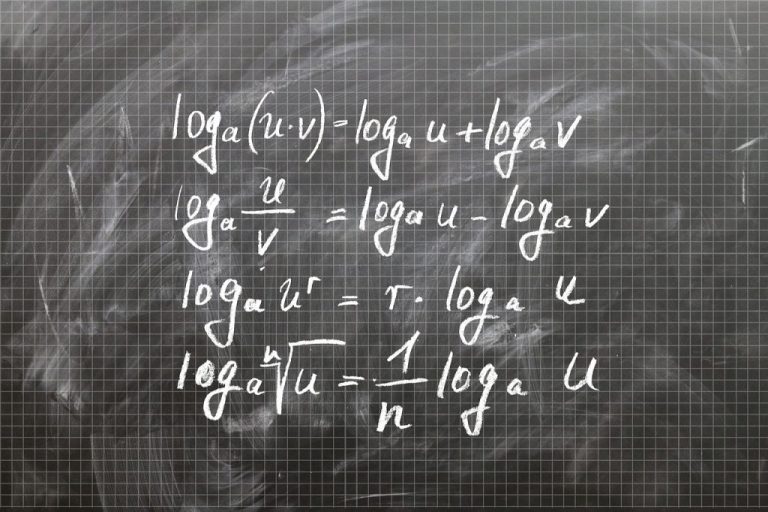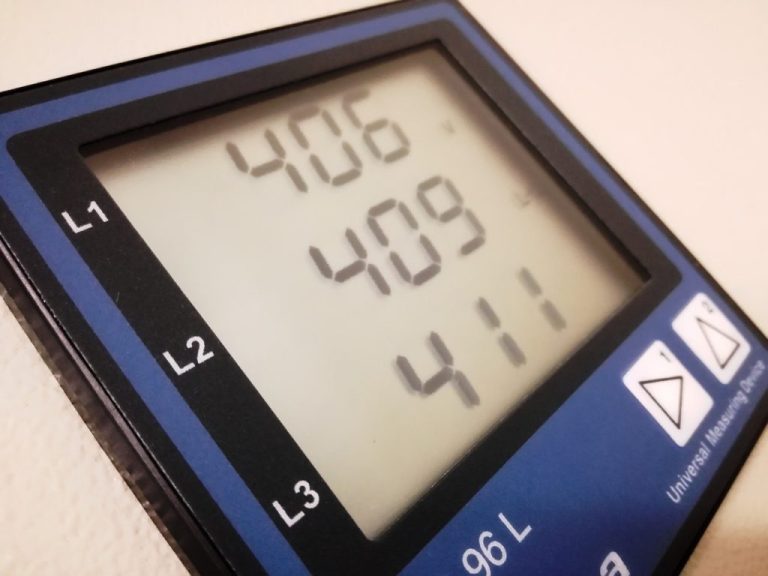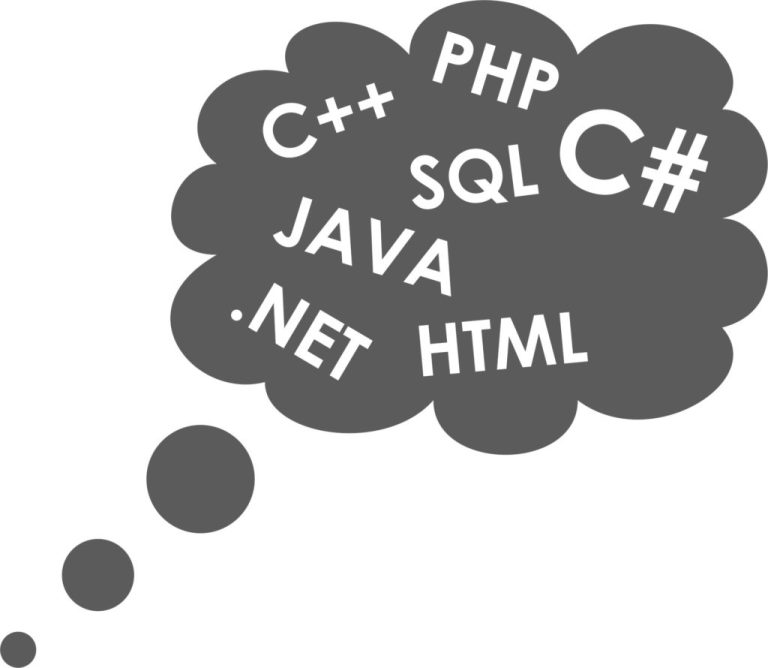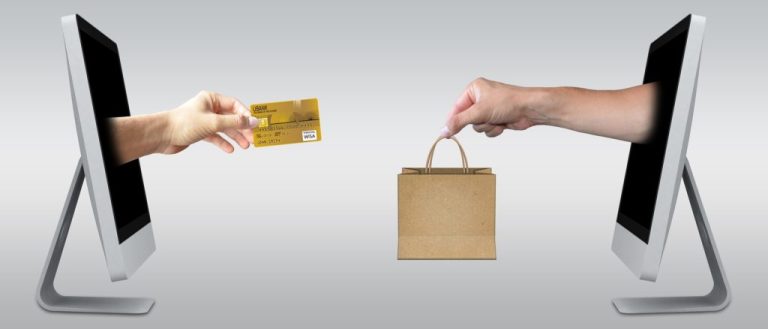A simple answer lies in the T 4088 guide for the T661 :
” It is important to maintain supporting evidence (for example, information, records, documentation) to substantiate that the scientific research and experimental development (SR&ED) work was performed and allowable expenditures have been incurred. (…) In fact, contemporaneous documentation that is dated, signed, and specific to the work performed are the best supporting evidence that you can provide. ”
This is fine in theory, but in practice, how do you generate and maintain contemporaneous evidence to meet the CRA prescriptions?
Do you realize the increasing level of risk you submit your claim to if you do not set up a contemporaneous system of documentation for your SR&ED activities?
Background
The position of the CRA regarding the documentation has evolved over the last decade. It was a secondary issue at the time, but now the implementation of a contemporary evidence record keeping has almost become an additional criterion. In recent years, it became the fifth question to determine if there is SR & ED. The reasoning behind this is that proof recording has become a defining characteristic of the SR & ED. So, if there is insufficient documentation, then not only the job is not supported, but it must not be SR & ED.
In the context of the budget constraints of recent years, the recovery mentality has thrived within the CRA. The documentation was a potentially faster way to put the claims aside when the program workload increased. The documented evidence has become, for the CRA, a great way to reach a significant recovery (or rejection) rate of the claimed tax credits. All that was needed was to move from a “seems reasonable” to a “prove it” position .
Contemporaneous documentation
The requirement of contemporary documentation implies that information produced later (eg. the year-end reports) has less value to the CRA. The CRA is seeking for documentation that was produced naturally in a project and which should be sufficient to support an SR & ED.
Some claimants believe that this means that any paperwork related to the project should satisfy the CRA. It does not work like that.
The true meaning of this requirement is that the generation of supporting documents is a characteristic of a SR & ED project. Once again, here is the reasoning of the CRA: If the documents produced in the normal flow of a project are not enough to support a claim, the project is not only unsupported as SR & ED, but it is not SR & ED.
So we must demonstrate to the CRA that throughout the year you quickly identify your eligible projects, and that you manage them as SR & ED project, segregated from your other development projects.
A simple documentation system at low cost
We cannot expect that small claimants will keep detailed laboratory notebooks dedicated to their research, and that they will acquire equipment and scientific experts in the literature that such an approach seams to require.
Therefore here is a simple and effective approach to implement your contemporaneous documentation.
The core of this system rests on two pillars: That is :
- Continuous documentation system
- Leaning on your key project employees.
We need to create a system to capture the eligible activities during the year, and to:
- Be regularly used by employees because it is not heavy and bulky,
- Facilitate the year-end form preparation (T661), and
- Meet the requirements of the CRA.
Here is the solution :
1- Train your development staff to recognize the eligible activities by :
- Attending to the CRA public seminars.
- Training all project management staff and R & D teams.
- Refreshing memories and updating about new items.
2- Set up a formal early projects tagging system as soon as the development team meets it’s first major issues.
- The development teams may use filters or tags to identify SR & ED activities and archive the results.
3- Motivate the staff to save potentially eligible activities
- Remind them of the importance of the program for the company – reducing taxes, increasing liquidity, creating and maintaining jobs, etc.
- Transfer some of the results of the SR&ED tax credits claims to the R & D projects budget so they equip themselves or they initiate interesting new research
- Set up an individual incentive bonus program for their contribution to the success of claims.
4- Require “birth certificates” from the development teams at the beginning of a project
- The birth certificate is a condensed early overview that identifies:
- The main constraints and technological challenges;
- The potential technological uncertainties;
- The desired technological advances;
- The potential approaches or hypothesis – proven and unproven.
- The certificate is used as a starting point for the T661 form.
- Archive birth certificates or include them in your regular management reports.
5- Check the system and enforce compliance
- Appoint a technical leader to work with the controller
- Identify projects with good claim potential and for each one write a plan of the work to be done
- Have regular project monitoring meetings and keep the minutes and resulting actions
- Regularly review the documentation files
6- Produce regular reports of progress of work following the birth certificates:
- Take note of :
- Problems,
- Hypotheses raised,
- Progress results,
- Problem solving processes,
- The major events.
- Collect and archive these reports regularly (weekly, bi monthly, etc.).
- Include various reports such as:
- Test results report for the SR & ED
- Design review reports
- Reports on major events,
- Regular reports on specific situations,
- Draft T661, etc.
7- Keep a complete copy of each key prototype including its performance data, its production and test environments.
8- Develop a system to segregate eligible activities from routine ones:
- Set up a separate R & D department
- Discriminate technology issues from those of stemming from new product development
- Set up a codification of projects with sub-codes to identify SR & ED
- Record the experimental activities and link them to the project plan in your project management system
- Make sure to record the time spent per employee per activity, especially for eligible activities.
9- Follow the costs:
- Plans and reports on the actual resource allocation;
- Detailed timesheets for the SR & ED activity;
- Periodic supervisors reporting.
- Keep up to date, for each employees and subcontractors:
- Name and contact information
- The number of hours or the proportion of their time spent on eligible activities per project
- The link with the payroll system and the G / L
- Each qualifications for this project:
- Their technical role
- Training / Experience
- Years of experience
- Arrival / Departure dates in the project
- Feedback, special contribution, etc.
- Identify and document the indirect and support activities necessary for the SR & ED:
- Equipment and material preparation
- Experimentation and results analysis
- Recording measures, calculations and graphs
- Identifying the eligible support activities
- Direct supervision of SR & ED activities
- Document the cost of materials consumed and / or transformed
- Review the definition of materials consumed or transformed (when using the traditional method)
- Note the materials sold or converted to commercial use
- Keep copies of the signed contracts for outsourcing and customer contracts involved in your projects for SR & ED
10- Keep any other information as back-up, when applicable
Conclusion
Such a system generates several important benefits:
- A better monitoring of the R & D
- An early screening claims
- A better understanding of R & D by all
- A reduced risk of missing eligible projects
- An increased likelihood to meet CRA requirements
- An increase in the value of SR & ED claims
And you, what are your experiences and discoveries in documenting your SR & ED? Do you need help to set-up such a documentation system for your claims?









